Paronychia is one of the most common nail infections that develop along the edge of the nail. It can infect both the fingernails and the toenails. Pronounced as (pear-ah-NIK-ee-ah), paronychia nail infection can be bacterial, fungal or yeast infection and can worsen if left untreated, affecting the entire finger or toe.
Home Remedies For Paronychia Nail Infection
Many people prefer to combine home remedies with medications to treat and cure paronychia. Caring for the cuticle infection at home can be quite effective and may even help to prevent the infection. Some popular home remedies for paronychia cuticle infection include –
1. Soaking in warm water and antibacterial solution
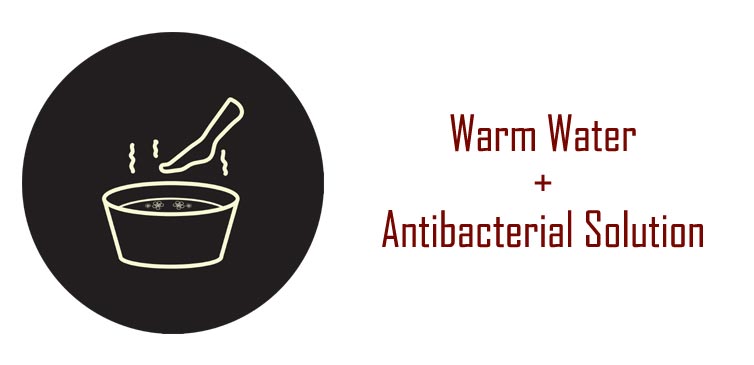
Soaking the affected finger or toenail in a 50% solution of warm water and a light antibacterial soap when the first signs of redness appear can help treat paronychia well. Repeat about 2-3 times a day, for 15 minutes at a time. This is, infact the best home remedy for paronychia.
2. Soaking in a mix of apple cider vinegar and warm water

Many people have found that soaking the affected fingernail in a solution of apple cider vinegar and warm water can relieve them of paronychia pain and swelling.
3. Keeping hands and feet dry
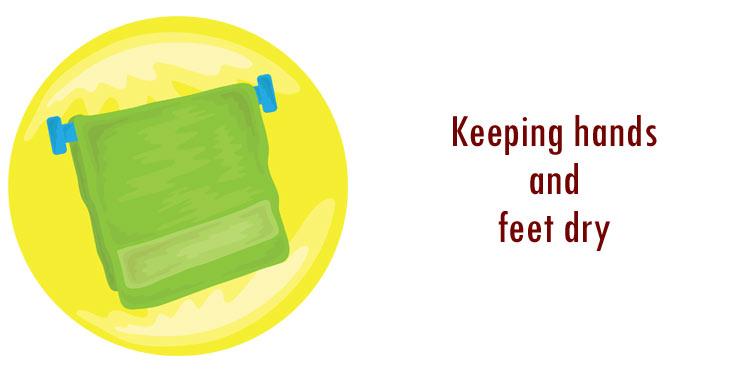
The most effective way to contain and prevent paronychia is to keep hands and feet dry. Whenever you wash hands, use a little dusting powder to absorb any moisture. Refrain from swimming and taking manicures until the time the infection heals completely.
4. Wearing gloves when exposed to chemical solvents
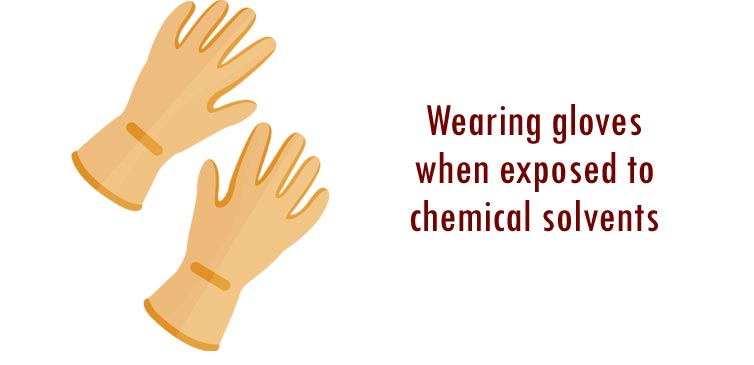
If your job involves exposure to irritable chemical solvents, make sure you wear good quality gloves to avoid direct contact.
5. Using topical treatments
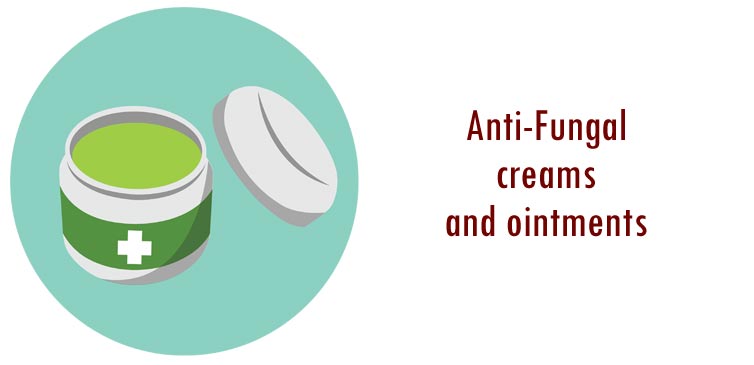
At the first signs of redness and swelling, using topical anti-fungal creams and ointments to keep the nails moisturized may help curb the infection at its very onset. A good moisturizing lotion should help.
6. Using homemade lotion
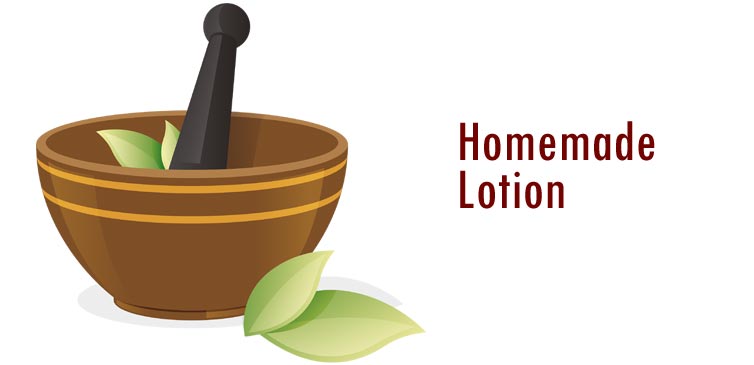
Prepare a homemade moisturizing lotion by mixing two parts of oregano oil and one part of olive oil. Apply it on the affected area several times a day.
FAQs For Paronychia
What Causes Paronychia?
It is essentially caused by nail-biting, paronychia can also occur as a result of a manicure done badly. It could also happen due to sucking the fingers, and prolonged exposure to water or chemical irritants. Any trauma to cuticles while biting, clipping, cutting or because of common cuts and scrapes can put you at a risk of developing it. Common skin bacteria enter the skin surrounding the nail when damaged due to any of the above-mentioned causes. Chronic paronychia can also cause fungal infection and is mostly seen in people who have repeated episodes. Many people confuse it with herpetic whitlow and onychomycosis. The appearance of the infection along the skin of the fingernail can help differentiate paronychia.
What Are The Symptoms Of Paronychia Nail Infection?
It infects cuticles of both the fingernails and the toenails. It usually starts with redness and swelling around the area, feels tender and painful and might have a yellowish-greenish tinge to the skin indicating the formation of pus. Common symptoms include –
- Swelling and tenderness around the fingernail or the toenail
- Redness on the site
- Sore and painful to touch
- Formation of abscess and pus collection
Serious symptoms include fever and chills and the inability to move finger joints due to swelling. If the swelling extends beyond the edge of the nails to the finger pads, a visit to the hospital is largely warranted.
Am I At A Risk Of Paronychia Infection?
If you are in the habit of biting your nails often or are careless while trimming them, you can get infected with it. Other factors that put you at a risk for it includes prolonged exposure to water and chemical solvents, or a manicure that has gone wrong. Having diabetes also increases your risk of getting paronychia.
How Is Paronychia Nail Infection Diagnosed?
A careful examination of cuticles can help the doctor diagnose this nail infection. He may prescribe a laboratory test of the pus to determine whether the infection is fungal or bacterial. Usually, a visual examination is enough to determine the course of treatment.
How Is Paronychia Treated?
Bacterial paronychia might be treated with antibiotics. Your doctor may prescribe antifungal medications and topical creams if the infection is fungal. Severe cases may call for a small surgery wherein the abscesses will have to be drained of the pus under the effect of local anesthesia. In severe cases, a part or the complete nail may be removed. Treatment may be spread over several months.
How Can Paronychia Be Prevented?
For people who have a habit of biting into nails or trimming them improperly, it is imperative to get rid of these habits. This helps in preventing the infection from recurring. Avoid cutting the cuticles and biting into them. Abstain from swimming and long baths or any other activity that makes your hands and feet exposed to water for long periods. Follow good hand-washing practices and refrain from sharing towels. For people who have diabetes, it is important to keep the blood sugar levels in check to avoid the infection.
